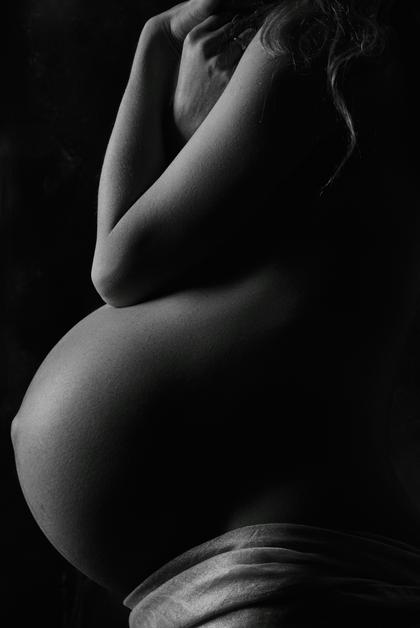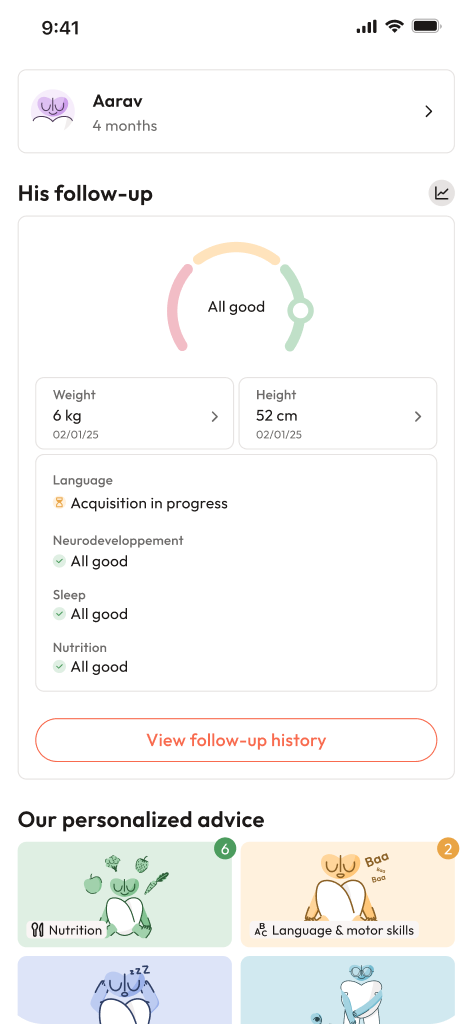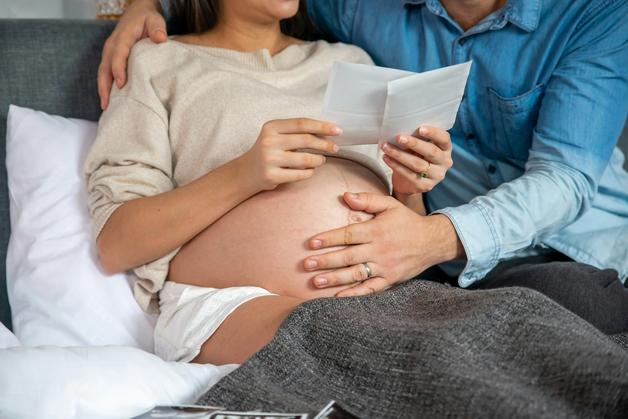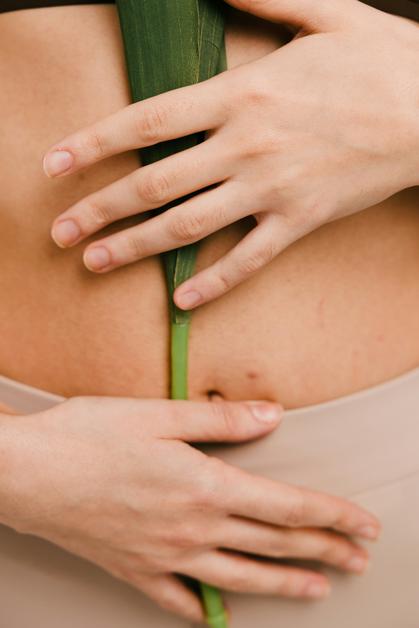Pregnancy—full of anticipation, fatigue, and, for many, a persistent itch that seems to arrive out of nowhere. A question bubbles up as the months progress: Why is the skin suddenly a battleground of tingling, crawling sensations? For some, it might just be the belly stretching boldly towards new dimensions. For others, the itching can feel relentless, turning sleep into a distant memory. When pregnancy itching starts, concerns quickly follow. Could this simply be hormones at play, or do these symptoms sometimes signal that the body is sending a deeper message? At the heart of parental worries lies the need for reassurance and answers: what triggers this itch, which warning signs should prompt urgent attention, and, most importantly, are there trusted ways to reclaim comfort? Throughout this exploration, find science-driven explanations, supportive advice, and practical steps parents can take to feel at ease in their own skin—whatever challenges pregnancy may bring.
What is pregnancy itching? Understanding the science and sensations
Picture this: One evening, you notice an odd tingling sensation around your belly. It starts softly but seems to escalate, perhaps radiating to your thighs or even your palms. This experience—labelled in medical circles as pruritus of pregnancy—unfolds for nearly one in three expectant mothers. Driven by hormonal surges, tissue stretching, and sometimes more nuanced physiological shifts, pregnancy itching can vary immensely. Sometimes benign, sometimes the first sign of underlying issues, this discomfort is more than just “skin-deep.”
But what really orchestrates this drama beneath the surface? The skin—stretched and thinned, often dry as the body’s estrogen and progesterone levels skyrocket—finds itself uncomfortably exposed. As the weeks pass, especially in the third trimester, this friction with fabric, combined with changes in the dermal barrier, sets the stage for itchiness that can fluctuate by the hour—or keep you up all night.
Common causes and physiological explanations
The role of hormones and skin stretching
Hormones are storytellers during pregnancy, scripting rapid, visible changes across the entire body. Estrogen and progesterone collaborate here, adjusting how much natural oil your skin produces and tweaking its texture and resilience. The end result? Dryness, sensitivity, and, yes, pregnancy itching. Perhaps you’ll notice this more acutely in areas straining to accommodate baby’s growth:
- Abdomen rounding resolutely,
- Breasts prepping for new duties,
- Hips and thighs supporting a redistributing center of gravity.
As the epidermis stretches, tiny cracks may appear, both invisible and—frustratingly—itchy, laying the groundwork for stretch marks and their accompanying discomfort.
Microbiome shifts and infections
Beyond stretching, the body orchestrates subtle, yet significant, changes in its bacterial environment—the skin and vaginal microbiome. These shifts sometimes leave skin vulnerable to yeast infections or vulvar irritation. Parents might notice symptoms like a persistent burning feeling, unfamiliar discomfort, or a change in discharge. These sensations demand attention—not just for comfort but due to the increased fragility of mucous membranes during pregnancy.
Pregnancy-specific skin eruptions
Certain unique conditions foreground the drama of pregnancy itching:
- Polymorphic eruption of pregnancy (PUPPP): Characterised by intensely itchy, red bumps—often wrapping around the growing belly late in pregnancy.
- Intrahepatic cholestasis of pregnancy (ICP): The outlier, not necessarily leaving marks but notorious for its relentless, nighttime itching targeting palms and soles. Sometimes accompanied by jaundice—yellow skin or eyes—dark urine, and pale stools.
- Others, like atopic eruption, prurigo, pemphigoid gestationis, or pregnancy-related psoriasis, can paint the skin with rashes, blisters, or other unpredictable marks needing specialized care.
Allergies, thyroid, and less frequent culprits
Not to be forgotten: food or drug allergies, insect bites, and disorders involving the thyroid or liver can also drive unusual or persistent pregnancy itching. Though rare, they accentuate why broad awareness—and sometimes diagnostic exploration—matters.
Most vulnerable areas: Where does pregnancy itching strike?
The adventure isn’t the same for everyone. Yet, common battlefields for pregnancy itching include:
- Abdomen: Maximum tension, maximum itch.
- Breasts and areolas: Heightened sensitivities can turn even a gentle breeze into a trigger.
- Thighs and hips: As fluids pool and weight redistributes, dryness and irritation grow.
- Palms and soles: Itch with no rash, especially at night? Consider a liver-driven explanation like cholestasis.
- Genital and anal area: More vulnerable due to shifts in local microbiome or secondary conditions (think yeast, hemorrhoids).
- Generalized patterns: If the itch spreads—arms, back, face—a watchful eye for eczema, psoriasis, or hidden systemic causes is wise.
Impact on daily life and psychological balance
There’s little trivial about losing sleep to relentless pregnancy itching. Each night spent scratching, each tired morning, gradually reshapes daily routines and emotional states. Fatigue accumulates. Concentration may waver. The skin—scratched raw—becomes vulnerable to secondary infections or scarring, sometimes marked long after baby arrives. While mostly benign, these experiences carry not only physical but significant emotional consequences. For a few—a small yet important number of parents—early, intense itching flags cholestasis, a condition with real implications for fetal wellbeing.
Cholestasis of pregnancy: Recognising the warning signs
Is your itching especially fierce at night, zeroed in on the palms and soles, yet with no obvious rash? Intrahepatic cholestasis of pregnancy steps into focus here. By disrupting the liver’s ability to manage bile acids, the skin’s nerves become agitated—triggering a persistent, specific itch. Additional markers—jaundice, deep fatigue, dark urine—underline the importance of timely tests (bile acids, liver function). Fast recognition, alongside specific treatments such as ursodeoxycholic acid, can help create the safest possible scenario for both parent and child.
Decoding everyday itching from medical emergencies
Wondering if your symptoms are just part of the journey or a reason for speedy consultation? Consider:
- Benign forms (linked to dryness, stretch marks):
- Fluctuate with time, respond to moisturisers, rarely interfere with deep sleep.
- Often connected to tight clothing, heat, or sweat.
- Cholestasis-type:
- Begins later (third trimester),
- Strongest at night, no redness,
- Defies typical skincare and doesn’t subside with time.
When in doubt, especially with severe itching (notably hands or feet), it’s better to err on the side of medical advice. Reporting the timing, location, and associated symptoms gives practitioners vital clues for targeted treatment.
Seeking support: When medical advice is warranted
What’s the “red flag” checklist?
- Intense, sleep-stealing itching,
- Symptoms like jaundice, dark urine, significant fatigue,
- Persistent burning or abnormal discharge in the genital area,
- New, rapidly spreading red or poorly defined rashes.
Diagnosis typically unfolds through bloodwork (bile acids, liver enzymes), skin swabs in case of infection, or specialist consults for complex rashes. Painting a clear picture—when and where the itch flared, what made it better or worse, any other changes—ensures accurate care and peace of mind.
How pregnancy itching changes over time
While itching generally peaks as pregnancy nears its final stretches, it can begin earlier, shift in character, or appear only occasionally for some. In the vast majority, the drama resolves within days or weeks after delivery. However, if the trigger was cholestasis, ongoing vigilance may be recommended for the weeks that follow, and the likelihood of recurrence in future pregnancies increases.
Daily care and home relief for pregnancy itching
Simple, consistent habits can create significant relief:
- Mild, pH-neutral cleansers keep irritation at bay.
- Fragrance-free moisturisers—think shea butter, almond oil, coconut oil—morning and night to nurture and shield vulnerable skin.
- Loose, natural-fibre clothing welcomes air flow and eases friction.
- Cold compresses or oatmeal-infused baths can swiftly settle the skin.
- Hydration remains a quiet ally: sipping water frequently, choosing fiber-rich snacks to support a healthy skin-gut alliance.
- Gentle physical activities—walking, prenatal yoga, swimming—boost microcirculation.
- Breathing exercises or meditation can help dial down tension, gently lessening skin sensitivity.
- Hypoallergenic laundry routines complete the circle of protection for tender skin.
Medical solutions: When professional help steps in
Sometimes, self-care doesn’t suffice. Options available under a doctor’s guidance might include:
- Topical corticosteroids—short courses for severe rashes.
- Antihistamines (specific types judged safe for pregnancy), sometimes essential for restful nights.
- Targeted antifungals for yeast-related itching,
- For cholestasis, prescription of ursodeoxycholic acid and regular fetal monitoring.
- Avoiding untested home remedies, especially essential oils in late pregnancy, remains important for both maternal and fetal safety.
Each treatment is individually tailored—no “one size fits all”—ensuring both effectiveness and reassurance.
Prevention and ongoing comfort strategies
No single trick eliminates pregnancy itching, but you can structure your days and routines to protect skin comfort:
- Moisturise at every opportunity, focusing on vulnerable places,
- Lower sugar while boosting fibre,
- Drink water, sometimes even before thirst calls,
- Choose hypoallergenic laundry products,
- Opt for quick, lukewarm baths,
- Create peaceful moments—reading, gentle music, or conversation—for stress relief.
These methods, woven into your everyday, can make the journey much smoother.
Psychological well-being: Caring for mind and mood
Pregnancy itching is not just about the skin; it often chips away at rest, mood, even confidence. Encouraging practices: regular, gentle skin care; being alert to triggers that worsen discomfort; seeking solace in yoga, mindfulness, or simple breathing exercises. Building a restful bedtime routine has ripple effects on overall quality of life. For some, reaching out to friends, family, or, when needed, professional counsellors brings comfort and pragmatic solutions. Regular, honest exchanges with healthcare providers foster trust and clarity—both priceless for parents.
Key takeaways
- Pregnancy itching is widespread—not usually a sign of danger, but sometimes the body’s way of demanding special care.
- Intense, persistent itching (notably at night, palms, or soles), especially if coupled with jaundice or fatigue, merits swift medical input.
- Thoughtful hygiene, hydration, and clothing choices support both everyday comfort and long-term skin strength.
- Nature and science offer effective tools—personalised treatments adapt to each story.
- For tailored advice, ongoing support, and free health questionnaires, try the application Heloa.
- Remember: there’s a range of resources and caring professionals ready to guide you through every twist and turn of pregnancy skin changes.
Questions Parents Ask
What foods can make pregnancy itching worse?
Are some foods to blame for those flare-ups of pregnancy itching? While allergies are rare, some expectant parents do notice that spicy dishes, excessive sugar, or foods high in artificial additives seem to heighten skin sensitivity or provoke flare-ups. Processed options and added sugars can sometimes aggravate inflammation, especially if skin is already delicate. Encouraging a diet full of whole grains, vegetables, fruits, and regular hydration often helps restore calm and balance.
Is pregnancy itching a sign of twins or multiple pregnancy?
Could extra itching mean twins or triplets? Not really. While skin may stretch more in multiple pregnancy, producing slightly stronger tightness or itch, the symptom alone is not linked specifically to the number of babies being carried. Any pronounced, persistent itching should be discussed with a healthcare provider, whether one baby or more.
Can using coconut oil help with pregnancy itching?
Is there truth to the idea that coconut oil soothes pregnancy itching? Coconut oil, valued for its moisturising, gentle properties, is frequently chosen during pregnancy. Light, unscented, and well-tolerated, it can ease the sensation of dry, stretched skin. Many parents are satisfied by daily applications, though for those with sensitive skin, a small test patch first remains prudent. If symptoms persist, combining gentle coconut oil use with tailored advice from your practitioner is frequently the wisest approach.
Further reading:









